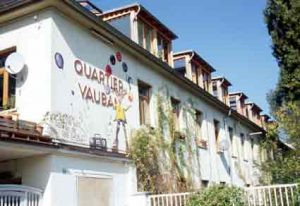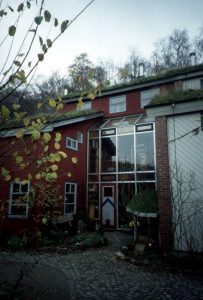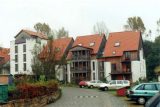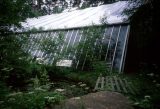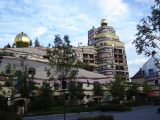4.25 TWh from solar energy in NRW last year
 Düsseldorf. 4.25 terawatts (TWh)! This is how much electricity was produced last year (2017) by the photovoltaic systems installed in North Rhine-Westphalia. This corresponds to the average annual electricity demand of more than 1 million four-person households. In total, there are 8.7 million households in NRW.
Düsseldorf. 4.25 terawatts (TWh)! This is how much electricity was produced last year (2017) by the photovoltaic systems installed in North Rhine-Westphalia. This corresponds to the average annual electricity demand of more than 1 million four-person households. In total, there are 8.7 million households in NRW.
At the end of last year, PV systems with a total of around 4.64 megawatt peak (MWpeak) were installed in NRW. Compared to the previous year, this represents an increase of more than 3.5 percent. This means that around 136 kWpeak are installed per square kilometre of state surface in NRW. According to data from the North Rhine-Westphalia State Office for Nature, Environment and Consumer Protection (LANUV), there is an average irradiation of 916 kWh per kWpeak per year in the most populous state in Germany. "Photovoltaics has established itself as an attractive option for energy generation due to the technical developments of recent years. The combination of PV with storage technology is also increasingly interesting as a solution for own power consumption in private and industrial applications", says Carl Georg Graf von Buquoy of EnergyAgency.NRW.
Although the construction of PV systems in Germany has been declining in recent years, the construction of solar systems and solar power production have been increasing again for the past two years. The share of electricity generation in Germany from renewable energies was around 38 percent in 2017, with photovoltaics accounting for 7.2 percent nationwide and 2.6 percent in NRW. The PV systems installed in Germany produced a total of around 40 billion kilowatt hours of electricity, thus mathematically covering the annual electricity requirements of over 10.5 million households. With the PV capacity of around 4,640 MWpeak installed in North Rhine-Westphalia in 2017, the state ranked third in a Germany-wide comparison behind Bavaria and Baden-Württemberg.
Source: PM EnergyAgency.NRW of 29.1.2018
Keywords:
DE-News, Renewable, Climate protection, News Blog NRW
 KfW is looking for builders who are thinking about tomorrow. The 2017 motto is: "Expand, extend, convert - create and modernise living space efficiently".
KfW is looking for builders who are thinking about tomorrow. The 2017 motto is: "Expand, extend, convert - create and modernise living space efficiently".




